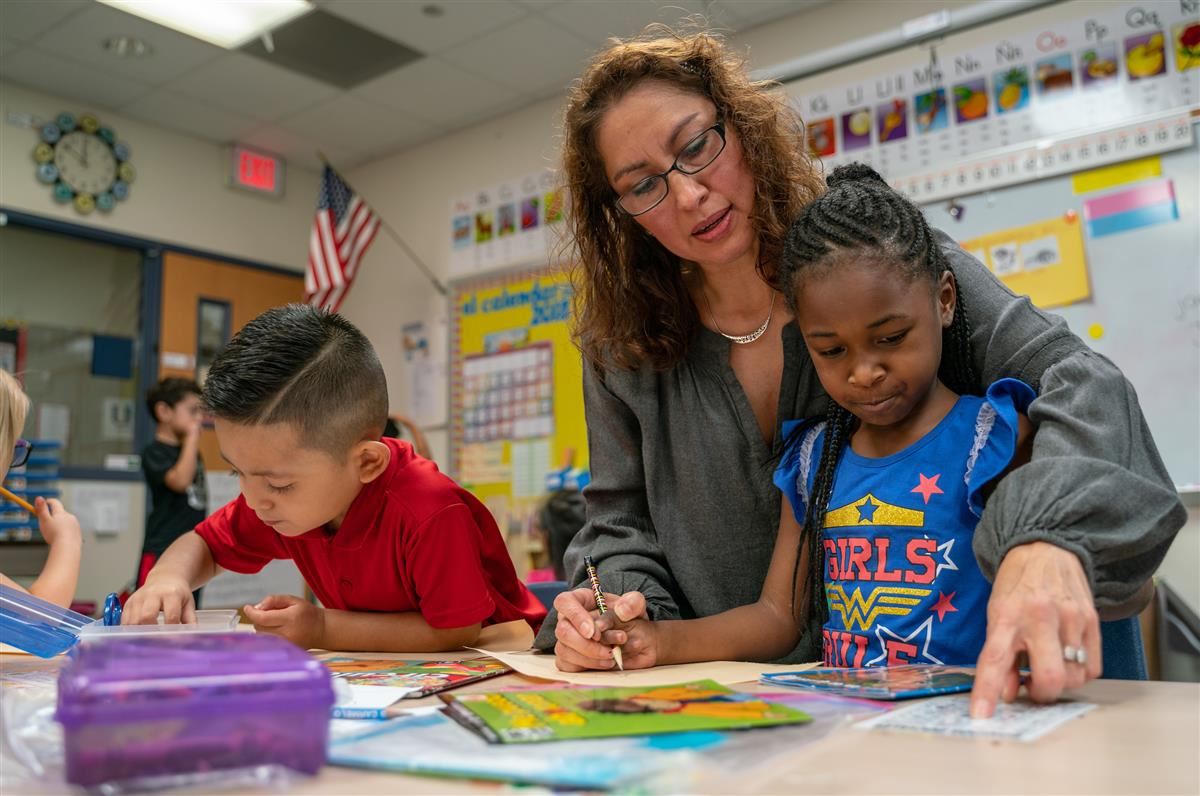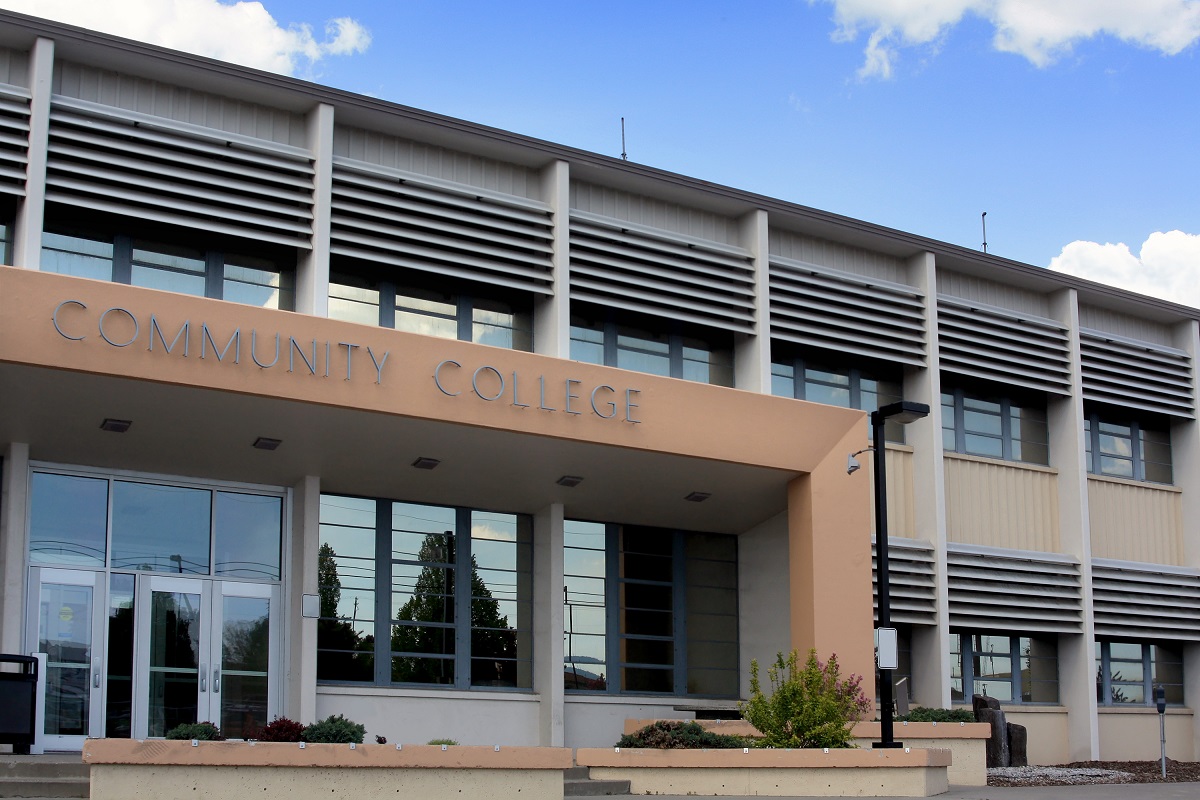Summer programming has become one of the main ways in which local educational agencies have sought to help students recover academically from pandemic-related setbacks. However, while recent research from the RAND Corporation finds that summer programs appear to have expanded and improved to address student need, funding for these offerings is drying up.
“Results from our nationally representative survey of public school districts conducted in fall 2023 confirm that many districts have invested in summer programs, and many targeted those programs to the students with the greatest academic needs. Looking ahead to summer 2024, it seems like summer programming is poised to shrink rather than grow,” researchers wrote. “Lower funding levels presumably mean that districts will have to serve fewer students, charge for their services, and/or cut back the length or degree of programming offered. If that comes to pass, it means fewer recovery services particularly for struggling students well before they have recovered to pre-pandemic academic performance levels.”
Key findings
Using selected findings from the fall 2023 American School District Panel Survey, the report found that 81 percent of districts offered summer programs in 2023, typically to both elementary (preK-5) and secondary (grades 6-12) grade levels.
About half of districts partnered with community-based organizations for one or more summer programs, with the highest rates found among large districts (81 percent), urban districts (79 percent) and high-poverty districts (68 percent).
Nearly all districts — 95 percent — said their largest elementary summer program included academic instruction daily, and 97 percent said the same about their largest secondary summer program. Most districts reported that their largest elementary-grade summer programs included both academic and nonacademic instruction in sports, the arts and other areas daily, and a little less than half of districts said the same about their largest secondary-grade summer programs.
A blend of academic and nonacademic programming in large elementary summer programs was reported by 88 percent of urban districts, 63 percent of suburban districts, 57 percent of rural districts, 78 percent of high-poverty districts and 54 percent of low-poverty districts.
Only one-quarter of districts had begun planning for their summer programs by January. The National Summer Learning Project recommends that districts begin planning their summer programs no later than January of the preceding school year to limit disruptions to instruction. More planning time provides LEAs greater ability to plan academic instruction, develop or obtain curriculum, hire and train staff, secure food contracts for meal service and establish bus routes.
Therefore, researchers noted that an “area for improvement is for districts to start planning summer programs earlier during the year. That extra time can allow districts to lay the groundwork for higher-quality summer programming.”
Additional findings show that:
- Every urban district surveyed indicated offering programming in summer 2023, and these districts typically offered four or more summer programs.
- Districts’ largest summer programs were typically free of charge, ran for four weeks, offered about four hours of academic instruction per day, and hired district teachers for at least some, if not all, of academic instruction.
- However, districts’ largest summer programs typically enrolled less than half of eligible students. This was true regardless of whether programs had eligibility restrictions.
- Furthermore, less than one in five districts’ largest elementary summer programs met the minimum recommended hours of academic instruction found to academically benefit students.
- Four in 10 districts anticipated funding decreases for summer 2024.
“Now that so many districts have ramped up their summer programming, the United States could choose a different path by building on the momentum already achieved — instead of scaling back — by improving the offerings and the enrollment rate among those students who need these programs the most,” the report concludes.





